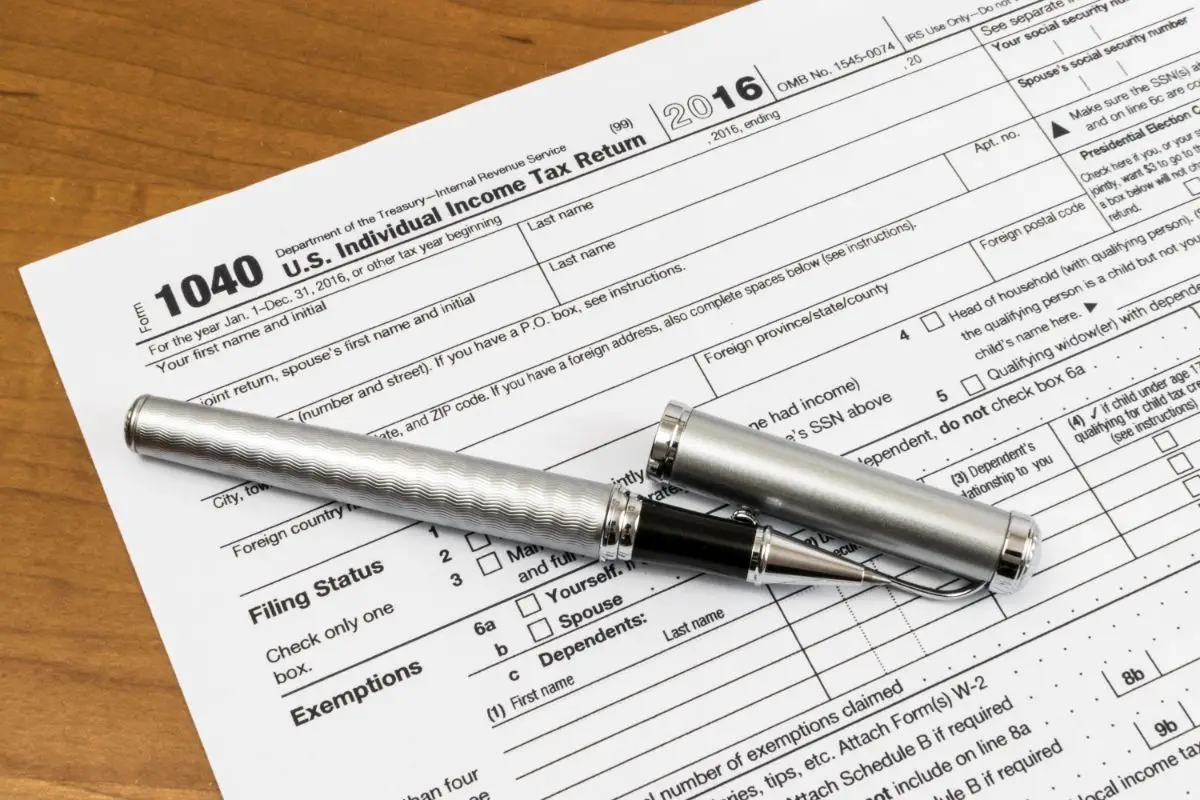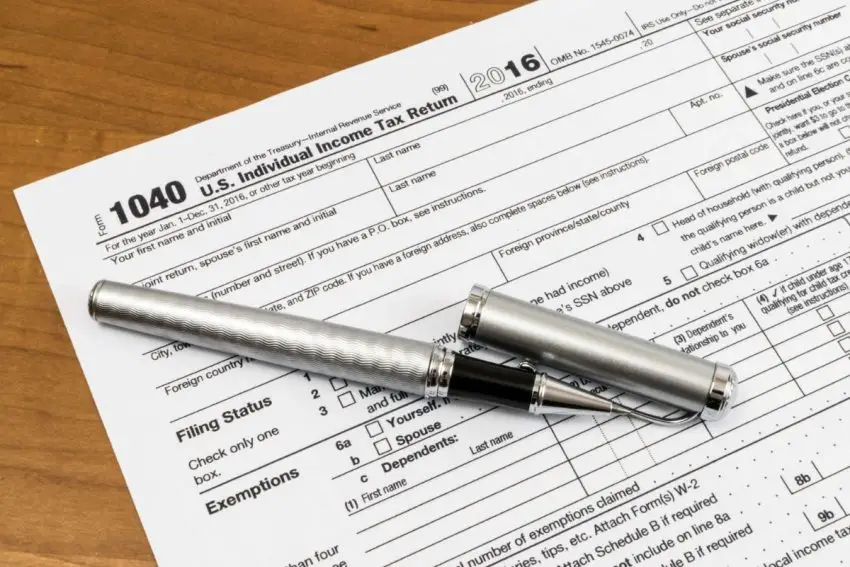As a financial year draws to a close, it’s wise to start thinking about filing your taxes.
This complex and arduous process can be time-consuming, but it’s important that it’s done correctly so you don’t get that dreaded visit from the IRS.

Tax filing is a daunting task for most taxpayers.
This guide will help you understand how long your taxes will take to file, what you should know before and after filing taxes, and how to check your tax return status.
Contents
What Should I Know Before Filing My Taxes?
The chances are that you do have taxes that need filing. This depends on your current income, your tax filing status, your age, and whether or not you can be claimed as a tax dependent.
Even if you don’t have to file taxes for this financial year, you should consider doing so anyway.
You may be entitled to a tax refund if you have had income tax withheld from your paychecks, if you have made estimated tax payments, or if you qualify for certain tax credits.
Choose A Filing Method
You can file your IRS Form 1040 or 1040-SR by hand and mail it, however, this is not recommended.
It leaves room for financial oversight and error, which could result in hefty penalties and even tax evasion charges.
The best options are to use online tax software or hire a financial expert that specializes in tax preparation.
Filing taxes online using tax software is very beneficial and eliminates any room for financial error. Much of this software is automated and offers detailed tax reports that you can review.
Some software packages also offer support with real tax experts that can double-check everything for you and answer any questions you may have.
For more complex finances, it may be better to hire a tax professional who can help you file and prepare your taxes.
Seeking a financial expert to do your taxes is more practical if you’re filing taxes for a business, or you have other assets that supplement your income, such as cryptocurrency.
Gather Everything You Need
Whether you hire a tax preparer or do your own tax filing, you’ll need to prepare everything you need to get it done right.
You need to gather proof of income, expenses that might be tax-deductible or give you a tax return, and evidence of taxes already paid throughout the year.
There are detailed tax preparation checklists available online that you can use to make sure you have everything you need. Here is the short version:
- Social security numbers for yourself, your spouse, and any dependents.
- W-2 form.
- 1099 forms.
- Retirement account contributions.
- Property taxes.
- Mortgage interest.
- Charitable donations.
- State and local taxes paid.
- Unreimbursed medical bills.
- Previous financial year’s federal and state tax returns.
How Long Will My Taxes Take To File Myself?
The average American taxpayer will spend around 12 hours preparing their taxes, according to the IRS.
This includes record-keeping, tax planning, and form submissions when calculating this average time.
The time taken to file taxes depends on each specific case.
For example, those with more complex taxes are expected to take longer, such as the self-employed, or those with more than one stream of income.
The best way to file your own taxes efficiently is to keep your record organized throughout the year and not just during tax season.
Being prepared can make the process much easier and quicker.
What Do I Do When I’ve Finished Filing My Taxes?

Once you’ve finished filing your taxes, you need to determine if you need to pay any outstanding tax bills and if you are owed a tax refund.
Owing Money
You can pay money to the IRS through electronic payments, wire transfers, debit and credit card payments, checks, and even cash.
There are also IRS payment plans available if you can’t pay your taxes all at once. They offer short-term and long-term plans where you can pay your tax bill in monthly installments.
Getting A Refund
If you’re owed a refund, there are a few things you can do to get your money back as quickly as possible.
Firstly, avoid filing your tax return on paper, as the IRS typically takes up to eight weeks to process these returns.
Taxes that are filed online are processed much faster, usually in around three weeks.
It is also best to have your refund sent to you by direct deposit instead of by check – this cuts the time you spend waiting for the mail to arrive.
How Can I Check The Status Of My Tax Refund?
You can track your refund online to see how long your money will take to land in your bank account. Here’s how you check the status of your refund:
- 48 hours after you’ve filed your taxes online, you can visit the IRS app or use their “Where’s My Refund?” tool online. If you’ve filed a paper tax return by mail, you can check its status online 4 weeks after the IRS has received it.
- Look for “Return Received” on the app or online tool. This means that the IRS has started processing your tax return.
- Once the status of your return has changed to “Return Approved”, the IRS has confirmed your tax refund and will give you a refund date, likely to be three weeks after filing your return.
- When the status changes again to “Refund Sent”, your money should be sent to your bank account, and will likely take one to five business days to deposit. If you’ve requested a refund by check in the post, it will likely take several weeks to arrive.
Conclusion
Filing your taxes for the financial year isn’t the most enjoyable task, however, it can be done easily and quickly with outside help from experts or online tax software.
Filing taxes yourself is a long process, but you can cut this time down by keeping your files organized throughout the year, and e-filing to receive your tax refund quicker if applicable.





